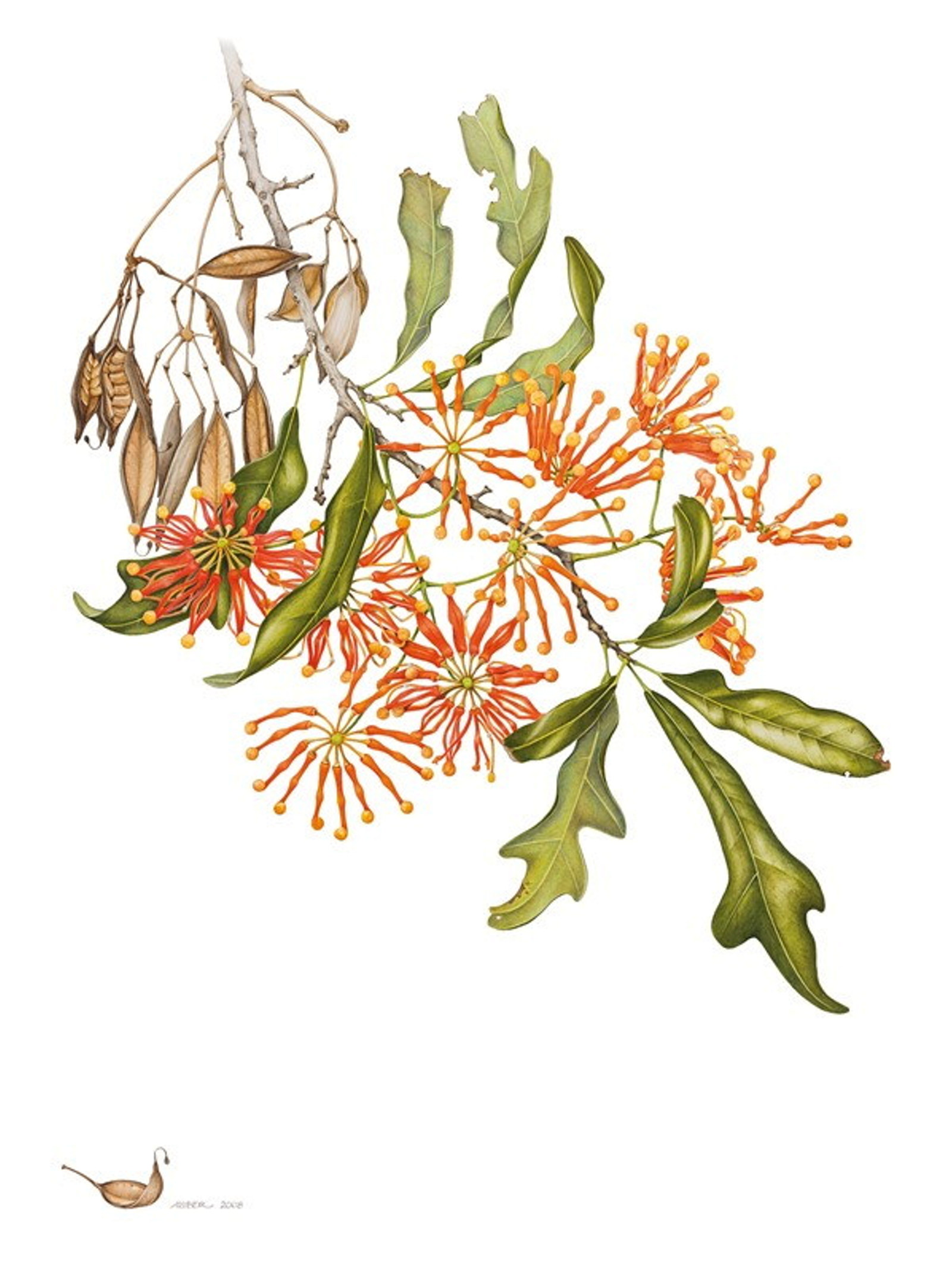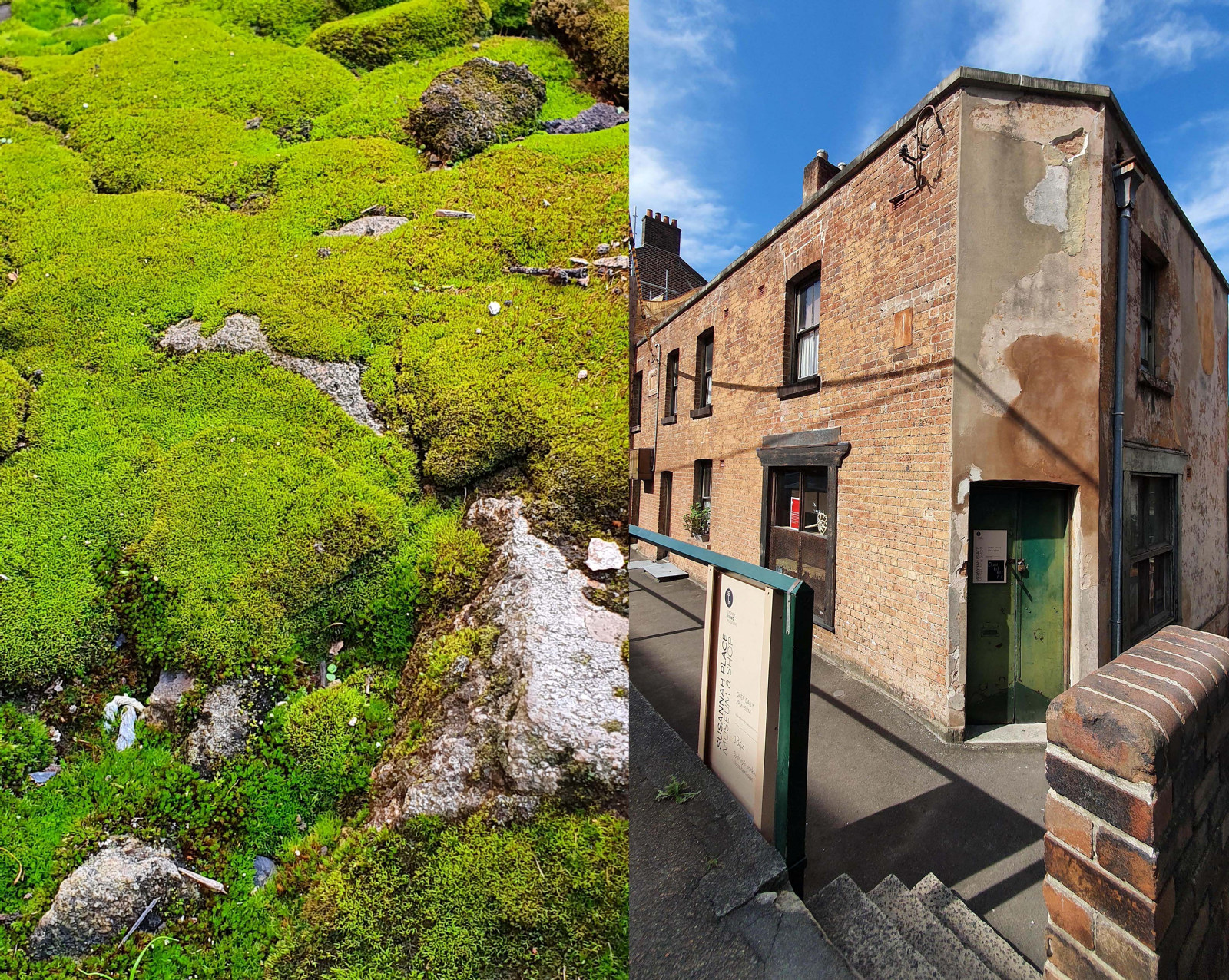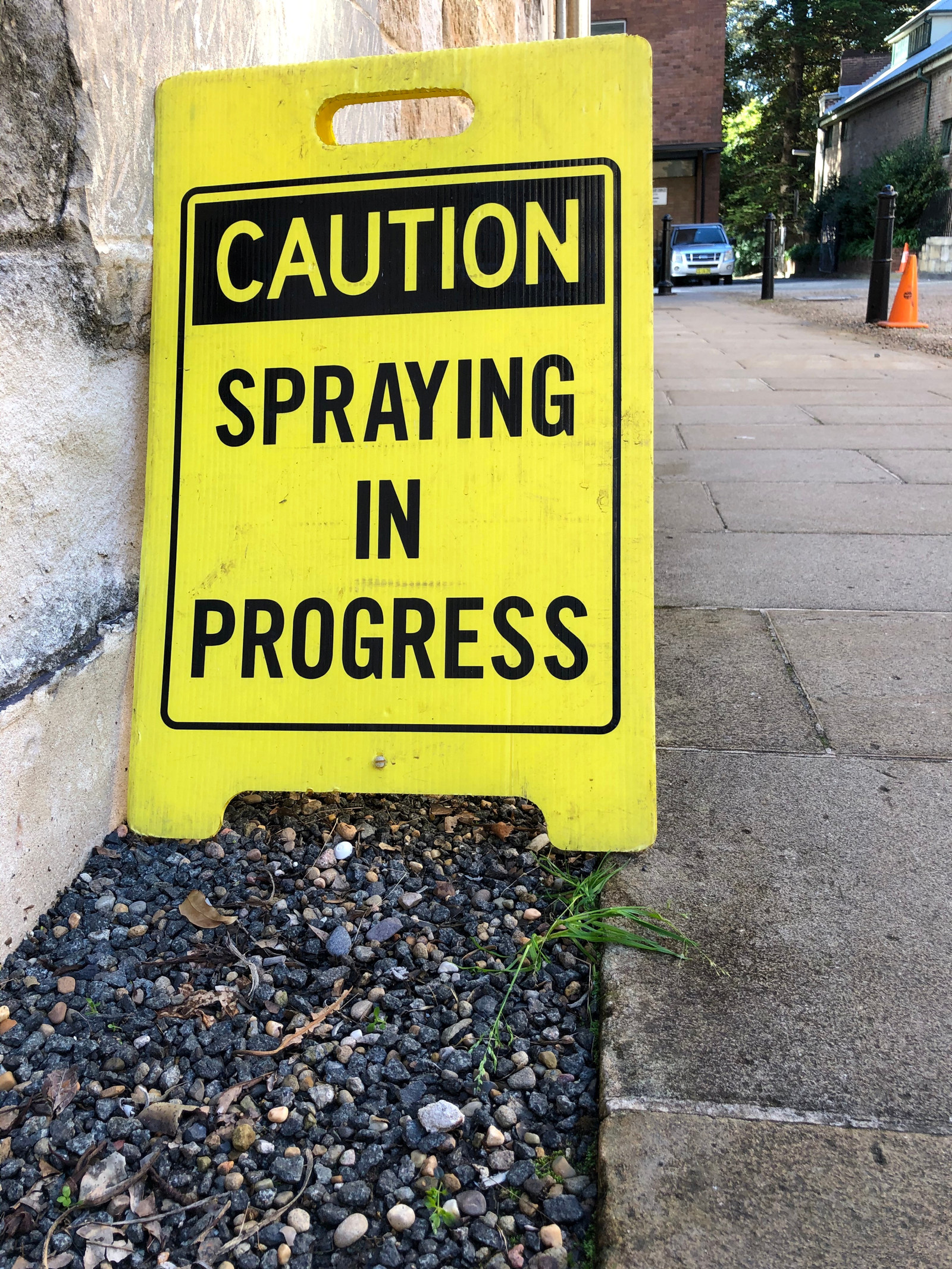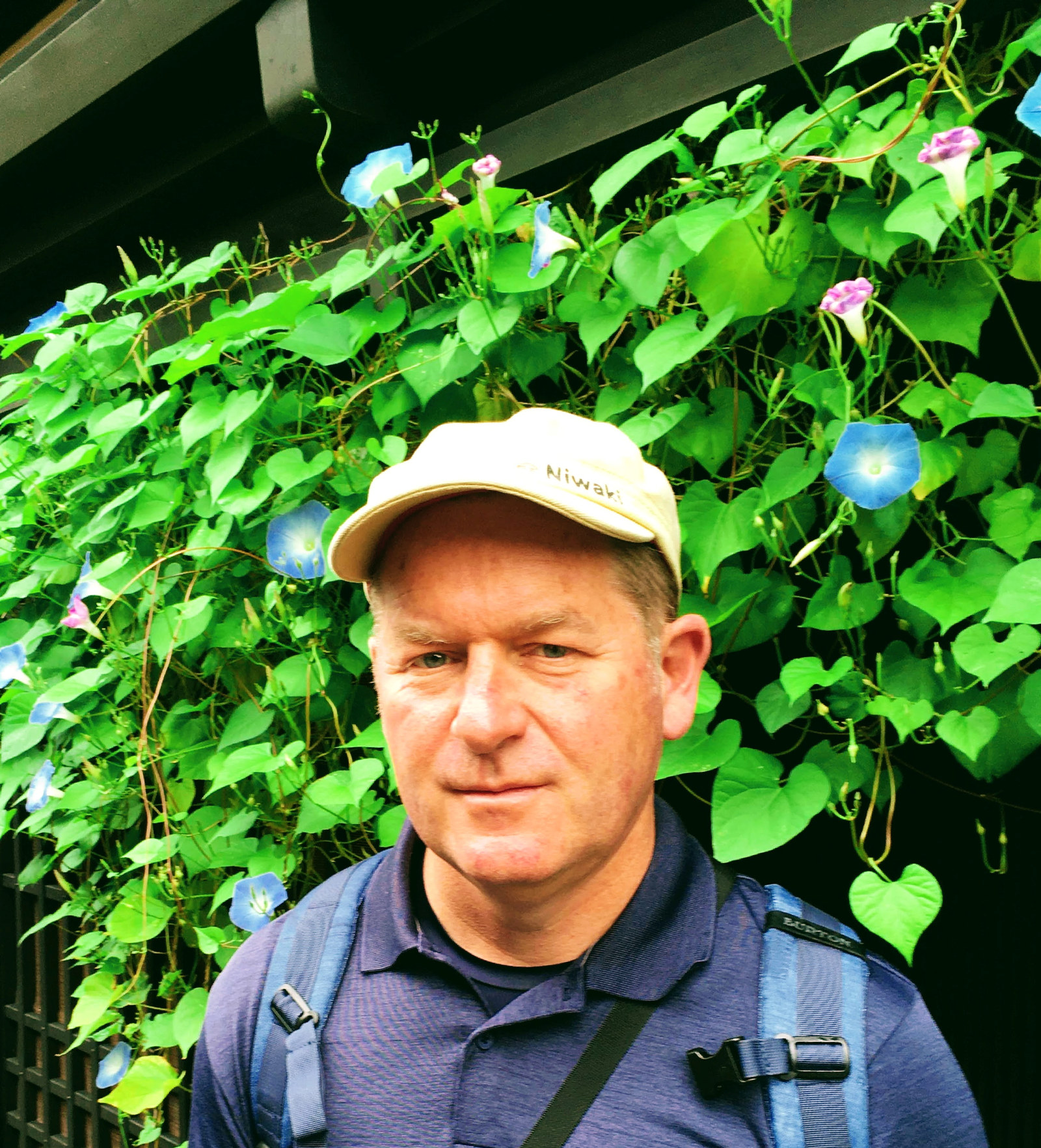Queen of the Night
The Queen of the Night is an epiphytic spineless cactus that originates from the rainforests of Central America. It is considered to be epiphytic (a non-parasitic plant that use other plants as support while getting nutrients from surrounding air) as they grow in the treetops in their natural environment.
They are a rather ordinary cactus until the large elusive fragrant flowers bloom during early summer here in Sydney mostly during the night.
The flower colours range from white to pink to fire engine red, and have a faint vanilla fragrance.
Each flower generally only last one night; another flower blooms each evening over about three weeks until the flowering cycle is finished for the year.
These epiphytic spineless cacti grow well at our SLM properties. The pots in the courtyard at Vaucluse House and at Elizabeth Farm in Parramatta are where you will find them.
They are not too fussy with their environmental requirements but prefer filtered sunlight and a well-drained soil and they even don’t mind being a little bit root bound. Ensure you don’t over water them either as they prefer to be left dry during the winter which helps trigger spring/summer flowers.
If you are prepared to grow them they will strike easily from cuttings in a well-drained soil.
As they get taller they will probably need staking or you could even let them ramble through the canopy of a tree in your garden as a support.
Hoping you are lucky enough to see an Epiphyllum oxypetalum flowering this coming summer!
Published on
Plant your history
Browse all
Florilegium plants
A gathering of flowers: the Florilegium collection
Finely detailed botanical artworks reveal the range of plants introduced to Sydney’s gardens over the past 200 years

Plant your history
A mossy analogy for Susannah Place: small but mighty
Mosses are everywhere! They are small, mighty, unsung and inhabit the most unusual places. They can be found in all our museum outdoor spaces if one looks closely enough

Plant your history
A new weapon in the war on weeds
A black and yellow sign warns me there is “Spraying in Progress”, and I wonder for a moment why no one is wearing a mask, or even gloves. But the dangerous looking mist enveloping these men is not what it seems

Plant your history
Acanthus - an apt symbol for The Mint
Look at any classical building today, anywhere in the world and chances are you will find an acanthus leaf lurking somewhere
